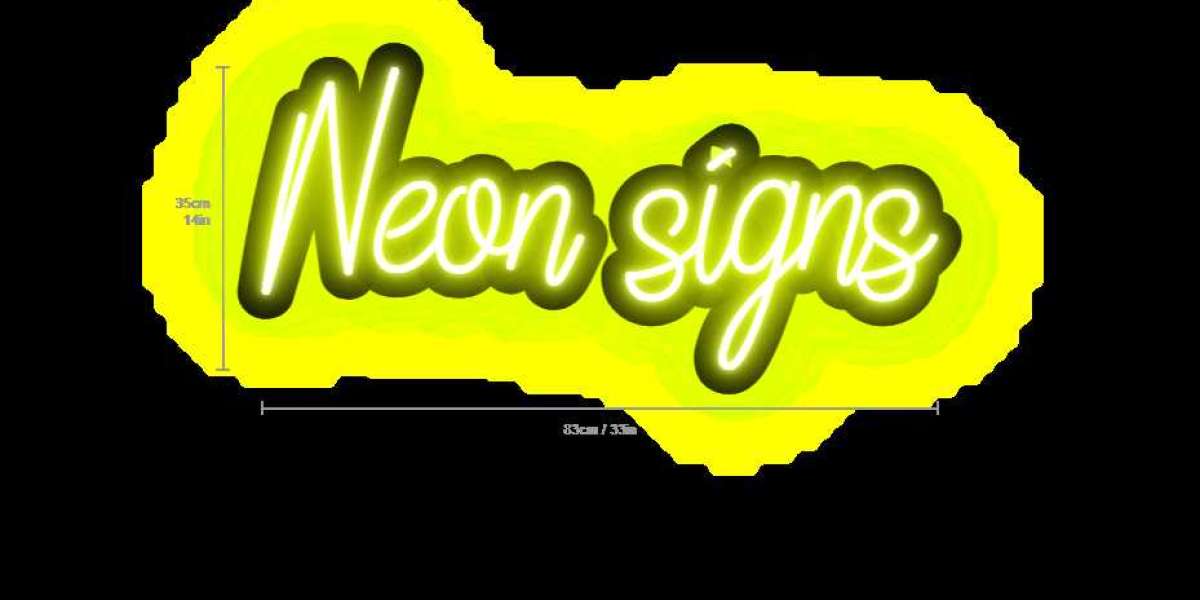Their vibrant glow, which ranges from soft pastels to electrifying colors, has made them a unique symbol of nightlife, creativity, and community identity.
The History and Popularity of Neon Signs
Neon signs were invented in 1910 by French engineer Georges Claude, who harnessed the power of neon gas to create the first-ever neon-lit sign in Paris. He found that passing an electric current through a sealed glass tube containing neon gas created a bright, stable light. These early neon signs quickly became a sensation, soon making their way to the United States in the 1920s. By the 1930s, neon signs were popping up across urban centers, establishing themselves as essential elements of commercial advertising. American cities such as New York and Las Vegas, with their vibrant entertainment scenes, adopted neon signs widely, making them a staple of urban architecture.
The neon trend spread quickly due to its visually striking effect and its effectiveness in attracting attention. Businesses across industries—from restaurants and bars to motels and movie theaters—embraced neon signs to stand out on bustling streets. These glowing signs didn’t just advertise; they created ambiance and drew in visitors, contributing to the unique charm of many city districts.
The Craft of Neon Sign Design and Production
Neon sign-making is an intricate craft requiring significant skill. Each sign begins with a design, often custom-made to suit the message, logo, or image the client desires. The glass tubes, which serve as the “canvas” for the neon lights, are carefully bent by a glass blower using heat to shape each letter or image. Neon gas, or other noble gases like argon (which produces a bluish light), is then sealed inside the tubes. Once electricity is applied, these gases emit a vibrant glow, each gas creating a different hue. To produce a wider range of colors, manufacturers often add phosphor coatings or mix gases.
While neon lighting involves complex production, it also offers flexibility. Glass tubes can be shaped into nearly any design, allowing artists and businesses to use neon to create everything from minimalist, modern designs to retro styles that evoke a sense of nostalgia.
Neon’s Evolution and New Applications in the Digital Age
In recent years, technological advancements have introduced alternative forms of lighting, such as LED, which can mimic the appearance of neon but offer greater energy efficiency and durability. Despite this, authentic neon remains cherished for its unique qualities: it emits a warmer, softer light compared to LEDs, which many people find more visually appealing.
Today, neon signs are being appreciated not only for their practical use but as artistic and nostalgic pieces. Many cities that phased out neon in favor of digital or LED signage are now seeing a resurgence in neon installations, often for aesthetic and cultural purposes. Businesses in trendy neighborhoods and art districts have embraced neon as a symbol of vintage charm, and neon signs are frequently used in interior design, especially in modern restaurants and boutique stores.
Neon Signs as Cultural and Artistic Symbols
The appeal of neon signs goes beyond just marketing; they have become cultural symbols that capture the mood of specific times and places. Neon lights have become particularly associated with the feel of the mid-20th century, an era of jazz clubs, diners, and drive-ins, where neon lights lit up American streets. This nostalgic association is especially strong in pop culture and film, where neon signs are often used to set the scene or mood, evoking a gritty, urban vibe or a cozy, intimate ambiance.
Additionally, neon signs have become widely appreciated as an art form. Artists and collectors alike view them as pieces of urban history and design. Neon art installations have become popular in galleries, with contemporary artists using neon to make bold statements, often layering elements of color and light with themes of social or political commentary.
Conclusion: The Timeless Glow of Neon
The story of neon signs is one of tradition and transformation. From the streets of Paris to the neon-lit strips of Las Vegas, these signs have captured people’s attention and imagination for over a century. While new lighting technologies continue to emerge, authentic neon holds a special place in our collective memory and modern design. Whether serving as an artistic statement, a nostalgic reminder of the past, or simply a luminous advertisement, neon signs continue to glow, symbolizing the vibrancy and character of the communities they illuminate.













